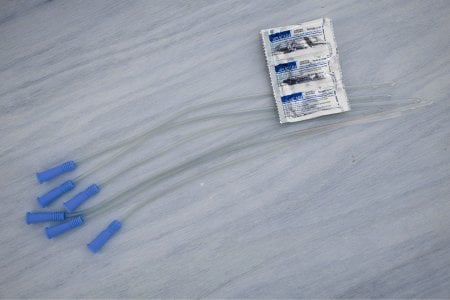Bladder Problems Related to Spina Bifida

If you're living with spina bifida, bladder problems are one of the more common secondary issues. Dealing with incontinence, bladder retention, and other issues that may lead to needing to use catheters are not rare, and you're not alone.
Common Bladder Problems Related to Spina Bifida
Some common ways spina bifida can impact the bladder includes:
- Urinary Incontinence: Leakage because the bladder cannot hold onto urine
- Urinary Bladder Retention: The bladder cannot fully empty and retains urine
- Neurogenic Bladder: Bladder nerves have been damaged, causing either incontinence or retention or a mixture of both
How Can I Manage My Bladder Problems?
If you have bladder issues like incontinence or retention, your prescribing healthcare professional will be the right person to determine how your condition needs to be treated.
Many times, people with spina bifida end up using intermittent catheters to manage their bladder issues. Intermittent catheters are often preferred over solutions like indwelling or foley catheters, which stay in the bladder and require carrying around a drain bag with you. This is because you simply use an intermittent catheter to drain the bladder when you need to go, and then go on about your daily routine.
However, it's not the only option. Treatment for bladder issues can include certain medications, incontinence products, or simple lifestyle changes, depending on how severe the issue is.
Can I Use Catheters if I Have Spina Bifida?
Yes! Depending on your healthcare provider's recommendations, intermittent catheterization could be a good choice to help empty the bladder, reduce leakage incidents, etc.
If you have limited hand function or limited mobility, there are plenty of options available. From discreet travel catheters to closed system catheters that are convenient from cathing right from your wheelchair, our specialists can absolutely help you find the right insurance-covered catheters for your needs.
Ready to get started? Request free catheter samples and get your insurance verified to determine what you may be eligible to receive by filling out this quick form on our site or call us at (888) 726-5066.
Related Articles





